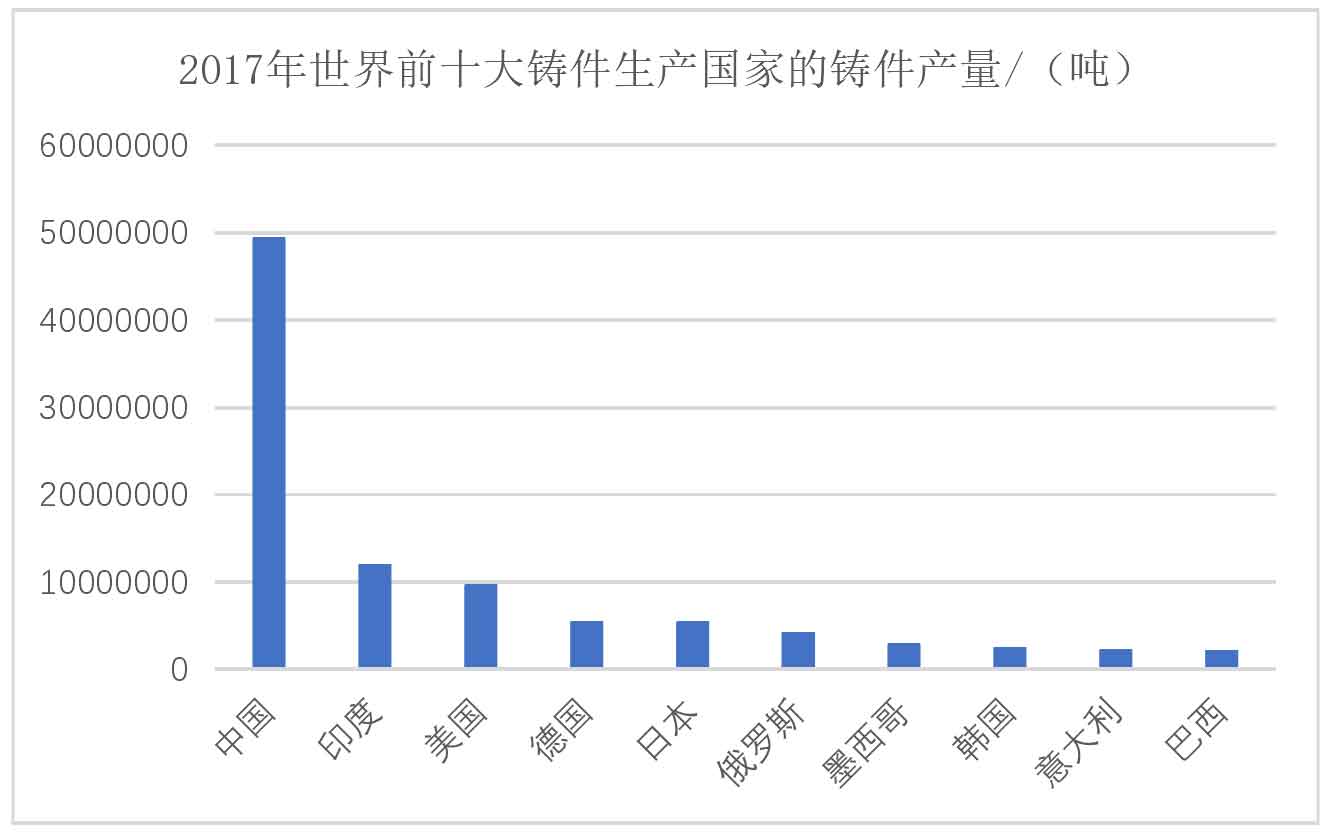In the past century, the continuous change of global climate has been a hot topic, and the impact of climate anomalies on human life has begun to highlight. Human beings live in the global climate environment. Any change in climate will have an impact on all aspects of human beings that can not be ignored. A large number of authoritative research institutions have reported that the main cause of global warming is carbon emissions. In view of the obvious trend of global warming, all countries have put reducing carbon emissions and sustainable development on the agenda. The development of human society is inseparable from the material products provided by the manufacturing industry. With the increasing acceleration of human development, the manufacturing industry is also booming. The global carbon emission reached 41 billion tons in 2017. Whether global warming can be alleviated has become a problem that must be faced by the healthy development of society. Based on the research on the energy consumption of manufacturing process, the U.S. Department of energy has established a manufacturing development plan to control the energy utilization rate of manufacturing industry and further control the carbon emission of manufacturing industry.
The carbon emission of China’s manufacturing industry accounts for more than 80% of the national carbon emission. In 2015, China’s carbon emission has exceeded the sum of the carbon emissions of the United States and Europe, accounting for 29% of the global carbon emission. In order to achieve sustainable development, the national plan for addressing climate change (2014-2020) clearly points out that by 2020, the carbon emission per unit of GDP will be reduced by 40-50% compared with that in 2005, which is a great challenge to the development of China’s manufacturing industry. Due to such a big environment, greening is a key problem for the development of manufacturing industry in the future. Made in China 2025 adopted by the State Council emphasizes the importance of energy conservation in green manufacturing, which puts forward a series of environmental protection related requirements for the manufacturing industry.
With the development of manufacturing industry, casting, as the pillar technology of manufacturing industry, the output of castings increases year by year. As shown in the figure, the output of castings in the top ten countries in 2015 is not only the first in the world, but also more than the total output of castings in the following nine countries. The use of sand casting technology still accounts for a great proportion in the whole casting industry. In China, the energy consumption of the casting industry accounts for 25% ~ 30% of the total energy consumption of the machinery industry, while the energy utilization rate is only 17%. Therefore, the necessity of low-carbon research on sand casting is self-evident.

